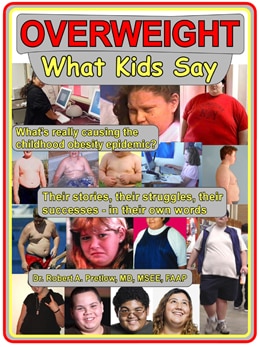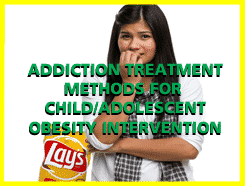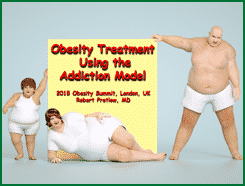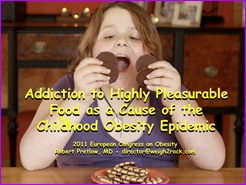GLP-1 Drugs and Youth: Why More Research Is Needed Before Expanding Use

In just a few years, medications like Ozempic and Wegovy have gone from niche diabetes treatments to global sensations. On social media alone, the hashtag #Ozempic skyrocketed from 2 million views in 2021 to over 1.2 billion by 2023, fueling massive demand and positioning GLP-1 drugs among the fastest-growing prescriptions of the century.
While originally intended for people with type 2 diabetes, these medications are now being hailed as revolutionary tools for weight loss. Their success has inspired both clinical innovation and public fascination, but it’s also raising difficult questions, especially as their use spreads to younger populations.
What are GLP-1 drugs?
GLP-1 drugs mimic natural gut hormones called glucagon-like peptide-1 analogs, which help regulate blood sugar and appetite. Older versions, such as exenatide and dulaglutide, have existed for decades, but newer formulations like semaglutide (Ozempic/Wegovy) are far more potent. They’re now considered a central part of modern obesity and diabetes care.
However, the rise of GLP-1 prescriptions isn’t limited to adults. In the United States, use among children and teens has surged nearly 600% in the past five years, driven by rising obesity rates and FDA approval for adolescents 12 and older. Yet despite this rapid growth, international data remain sparse, and pediatric guidelines lag far behind adult research.
How GLP-1s fit into pediatric weight management
According to the Global Obesity Observatory, the U.S. ranks among the top 10 countries for obesity rates. Traditionally, treatment for childhood obesity has focused on nutrition, physical activity, and behavioral change. But that approach is evolving.
In 2023, the American Academy of Pediatrics (AAP) updated its clinical guidelines, recommending that pediatricians consider weight loss medications for patients aged 12 and older with obesity (defined as a body mass index (BMI) in the 95th percentile or above). The AAP also suggests bariatric surgery for teens 13 and up who face severe obesity and related health complications.
Still, the AAP stresses that medication should not be the first step. Lifestyle and behavioral interventions — especially those involving family participation — remain the foundation of care. These programs focus on building sustainable habits around eating, exercise and emotional well-being, often requiring consistent, long-term engagement.
GLP-1 use around the world
While the United States has embraced GLP-1 medications more rapidly than most nations, the global picture looks very different. In the U.K., GLP-1s are only approved for people with a BMI over 30, and patients must reapply for treatment every two years. In the Netherlands, approval starts at a BMI over 35. In the U.S., insurance often covers the medication for just one year, even though it’s meant for long-term use.
Some countries, such as India and Canada, have begun crafting pediatric guidelines. The Indian Academy of Pediatrics permits GLP-1 use for adolescents 12 and older with severe obesity (BMI ≥ 40) or life-threatening complications. Similarly, the Canadian Medical Association Journal recommends combining GLP-1 therapy with behavioral and psychological interventions.
Yet, despite these developments, international research on pediatric use remains limited. Most studies focus on adults, leaving many unanswered questions about long-term safety, effectiveness, and psychological impact for children and teens.
Balancing benefits and concerns
GLP-1 drugs offer a promising new tool in the fight against childhood obesity, but they also introduce complex challenges. For one, starting these medications at a young age could mean lifelong use, with uncertain implications for physical and emotional development. Adolescents may not fully grasp the commitment or side effects that come with chronic medication use.
There’s also the question of mental health and body image. Adolescence is a sensitive time, and focusing heavily on weight can affect self-esteem, peer relationships, and social participation. For many families, the goal isn’t just weight loss — it’s helping children build confidence and lifelong healthy habits.
Finally, researchers simply don’t know enough about how GLP-1s affect children over the long term. Clinical trials in adults show promising results, but pediatric data trails far behind. Without clearer evidence, experts caution against over-reliance on these drugs before understanding their full impact. Until science catches up, one thing remains clear: when it comes to kids and GLP-1s, careful consideration is just as vital as clinical innovation.
Your responses and feedback are welcome!
Source: “How Ozempic and GLP-1s Are Changing Childhood and Teen Weight Management,” Think Global Health, 10/31/25
Source: “The Ozempic Era,” Medical University of South Carolina, 8/29/24
Image by Markus Winkler/Pexels










 FAQs and Media Requests:
FAQs and Media Requests: 











